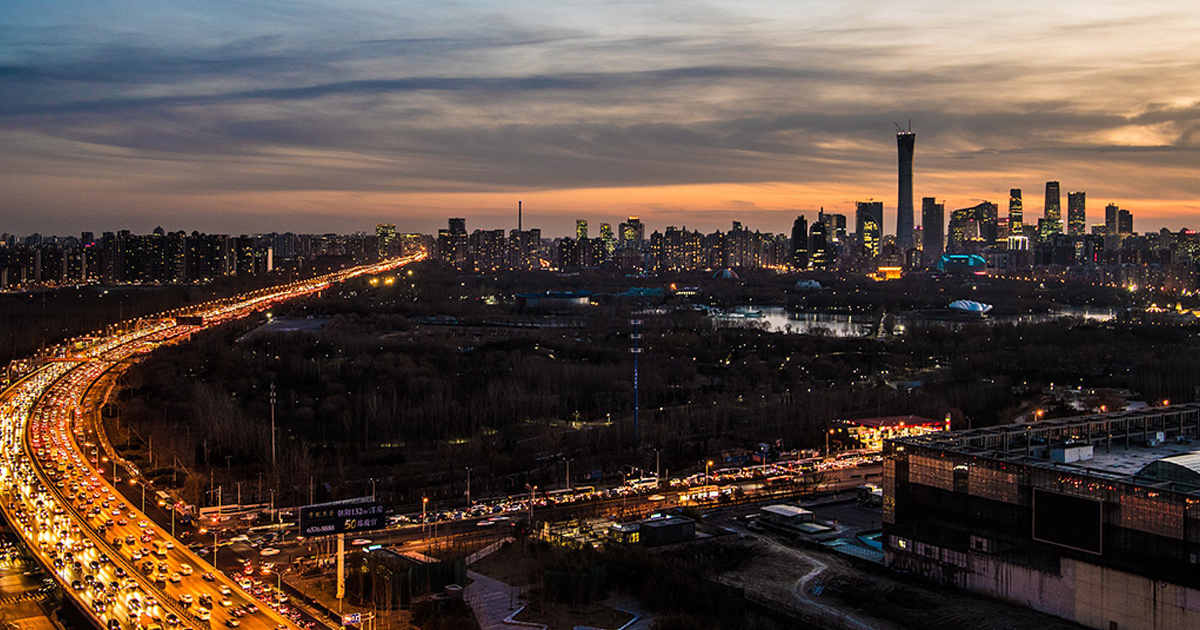
China’s Breadbasket Could Suffer the Worst of Climate Change’s Deadly Heat Waves

Deadly heat waves are breaking records and making headlines around the world this summer, but they have nothing on the heat waves that the North China Plain is likely to see in the future if we don’t act now to combat climate change.
A study published in Nature Communications Tuesday found that if we do nothing to curb emissions, China’s most populous and agriculturally important region could see heat waves deadly even for healthy people by 2100.
“China is currently the largest contributor to the emissions of greenhouse gases, with potentially serious implications to its own population: Continuation of the current pattern of global emissions may limit habitability of the most populous region of the most populous country on Earth,” study authors Elfatih A. B. Eltahir of the Massachusetts Institute of Technology (MIT) and Suchul Kang of the Singapore-MIT Alliance for Research and Technology wrote.
The researchers looked at something called wet bulb temperature, which is measured by wrapping a wet cloth around the bulb of a thermometer, according to MIT.
As the water evaporates, the bulb is cooled, but at 100 percent humidity, no evaporation is possible and the cloth has no impact on the thermometer’s read.
The measure is important for assessing the joint impact of heat and humidity on health, since humans can only cool themselves through sweat and cannot do so if it is both too hot and too humid.
At a wet bulb temperature of 35 degrees Celsius, research suggests that even healthy humans cannot survive outside for more than six hours. The researchers found that “wet bulb” days surpassing 35 degrees would become more common in the North China Plain from 2070 to 2100 if no action is taken to lower greenhouse gas emissions.
“This spot is just going to be the hottest spot for deadly heat waves in the future, especially under climate change,” Eltahir said in an MIT release.
This is a problem because the North China Plain is the country’s most important growing region, and many of its inhabitants are farmers with no choice but to work outdoors, The Guardian reported.
Eltahir and Kang have done research into the potential for climate change to lead to similarly deadly heat waves in the Persian Gulf and in Southeast Asia. Those studies also predicted an increase in these events in some places, but none of their previous research has turned up potential impacts this dire.
The most extreme temperatures in the Persian Gulf region were also expected to occur over the water, not over population centers. This is not the case for China.
“This is where people live,” Eltahir said in the MIT release.
The research also showed that irrigation in the region made the problem worse, adding half a degree of Celsius of warming to the area because it increased humidity. Water vapor can also act as a greenhouse gas.
“Irrigation exacerbates the impact of climate change,” Eltahir said in the release.

 233k
233k  41k
41k  Subscribe
Subscribe 